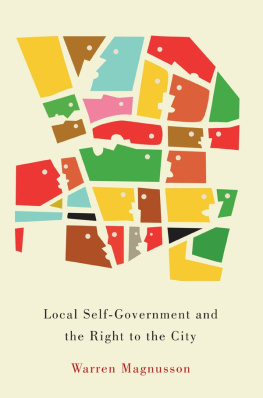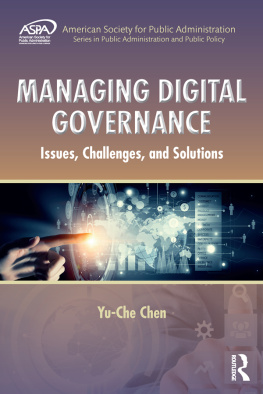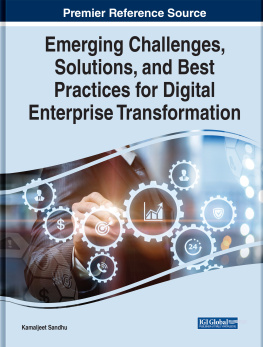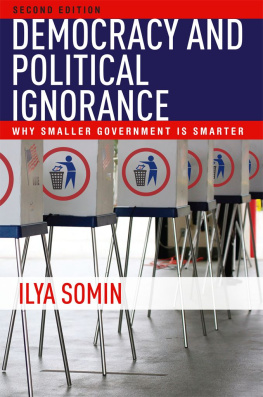Chapter 1
Analyzing of the Evolution of the Field of E-Government and Trending Research Topics:
A Bibliometric Study
- Laura Alcaide-Muoz
University of Granada, Spain - Cristina Alcaide-Muoz
 https://orcid.org/0000-0001-6910-202X
https://orcid.org/0000-0001-6910-202X
International University of La Rioja, Spain - Manuel Pedro Rodrguez Bolvar
 https://orcid.org/0000-0001-8959-7664
https://orcid.org/0000-0001-8959-7664
University of Granada, Spain
ABSTRACT
e-Government is a research topic that arouses the interest of many researchers all around the world. So, we can find a large number of studies and research projects published about this topic. Given the large number of articles that exist in the literature, it is not possible to get an idea of the evolution shown by the field of study and see the topics that are not receiving attention from researchers. The objective of this chapter is an analysis of the academic literature on e-government and the evolution of this field of knowledge. These findings allow us to have a clear idea of the evolution of e-government field, the disappeared research topics, and those that are currently in a lively debate. This analysis could be of interest to identify the trend in research of the e-government field of knowledge, as well as to examine the specialization of certain research topics.
INTRODUCTION
Many governments Many governments around the world have carried on many innovative e-Government projects (Anthopoulos & Fitsillis, 2014), given that these initiatives have promoted the transformation of public management adopting technological advances that favor democratic legitimacy, participation in the configuration of public policies and in the transparency of public resources management. (Aham-Anyanwu & Li, 2017). These initiatives favor access to public information which allows citizen to be informed of the public policies and decisions adopted by public managers and politicians (Karamagioli et al., 2014), increasing trust in governments (Ohemeng & Ofosu-Adarkwa, 2014) and enhancingcitizen participation in public affairs (Ahn & Berardino, 2014; Rodrguez Bolvar, 2015).
In this regard, governments use the social networks more frequently to relationship with citizenship, civil organizations, firms, and so on, spreading information and encouraging citizen participation (Aladalah et al., 2018; Maxwell & Carboni, 2017). Through these networks, citizens can communicate their perceptions, expectations and experiences with public services, and can also demand services that better satisfy their needs (Rodrguez Bolvar & Alcaide Muoz, 2018).
These increasing demands of the citizenry push governments to develop tools, apps and platforms to facilitate the participation in decision-making in public affairs. This way, the governments have to face these demands, undertaking initiatives and projects involving different stakeholders (Wimmer & Scherer, 2018). The new technologies Web 2.0 facilitate the context and environment to undertake collaborative projects, and those in which citizens can participate in the co-creation of public services achieve more citizen-centric services adapted to their needs.
In addition, the initiatives of Smart Cities (SCs) favor the innovative and technological spaces to promotes the citizen participation, which enables the cooperation and co-creation among governments, organizations and citizens (Ferro & Osella, 2017), which allows to improve the citizenships quality of life. So, the environment of SCs favors the direct connection with citizenship (Deakin & Reid, 2017), allowing them to solve their own problems with the technology available through e-Government practices or even with technologies created for collaboration with citizenry.
Therefore, e-Government is a research topic that arouses the interest of many researchers all around the world (Alcaide Muoz et al., 2018). So, we can find a great number of studies and research projects published about this topic (Alcaide Muoz & Rodrguez Bolvar, 2015). Previous studies have tried to offer information about contextualization of this field of knowledge (Alcaide Muoz & Garde Snchez, 2014). However, we go further and offer an improved previous version of e-Government study (Alcaide Muoz & Garde Snchez, 2014), offering evolution of this field, the disinterested topics, the trending topic and so on. This analysis could be useful to identify the state of the art in e-Government, offering research possibilities for the future.
Thus, this article aims at assisting researchers to develop e-Government. To achieve this aim, we have analyzed e-Government articles published classified in three sub-periods: pre-crisis (2000-2008), crisis (2009-2013) and post-crisis (2014-2017) periods. Hence, this paper seeks to answer each of the following research questions:
- RQ1: How many e-Government articles have been published in the analyzed JCR journals? Will this selection of articles reveal any trend?
- RQ2: What research methodology is used in analyzing e-Government? Which countries make the most important contributions in this respect?
- RQ3: Which universities and departments make the most important contributions in this respect?
Therefore, the aim of this article is to analyze the academic literature on e-Government and the evolution of this field of knowledge. These findings add new insight of the evolution of e-Government field, the disappeared research topics, and those that are currently in a lively debate. This analysis could be helpful to identify the trend in research of the e-Government field of knowledge, and to examine the specialization of certain research topics.
This article is organized as follow. In Section 2, we review the main bibliometric studies developed in the field of e-Government. Section 3, the research strategy developed in this article is explained, making specific reference to the selection process of the sample and the methodology used and, thereupon, the results obtained from the proposed research. Finally, the article closes with discussion and final remarks.
BIBLIOMETRIC STUDIES IN E-GOVERNMENT RESEARCH
Scholars identify the historical roots of a particular field of study or research topic by bibliometric methodology (Atkins, 1988). It also allows them to predict novel research streams (Lfstedt, 2005) as well as to identify where these studies should be addressed (Webster & Watson, 2002).
Yildiz (2007) highlighted the main limitations of previous research in the e-Government field through bibliometric methods. After a critical evaluation of previous studies of this research topic, such as vagueness in defining this term, he emphasized the need for empirical studies with which to obtain new theoretical arguments, concepts and categories.
Heeks and Bailur (2007), on the other hand, offered an overview of the field of e-Government, and built the corresponding research philosophy. Also, Scholl (2009) focused on the outlook for this related research topics and provided a comprehensive description of the contributions developed by relevant researchers in the field of e-Government, the names of the most prolific researchers, the most commonly studied topics and the main journals and conferences. Therefore, it allows researchers to identify the best media for their publications.
Nonetheless, both researchers (Heeks & Bailur, 2007; Scholl, 2009) present serious limitations because they only focused on specific aspects of e-Government and on a limited number of conferences and journals, ignoring articles published on e-Government in other leading journals, such as Information Society and Social Science Computer Review, as well as others relevant to public administration such as American Review of Public Administration or Public Administration Review, all of which are of high quality and constitute valid research references.













